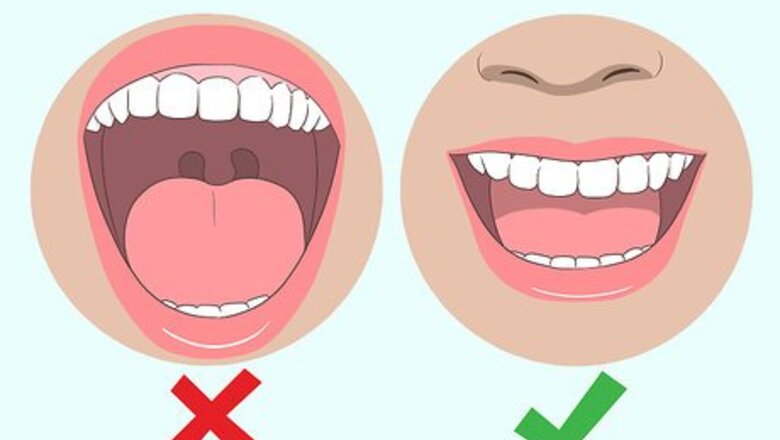
views
Scraping Your Tongue
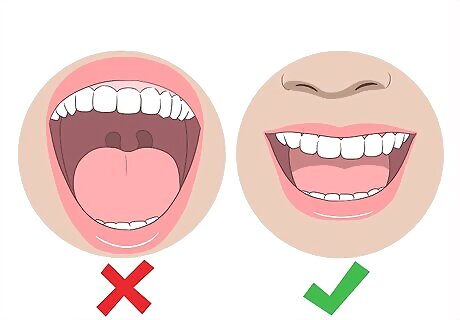
Open your mouth. You'll want to open your mouth as wide as is comfortable, but not so wide that it causes discomfort. This makes your tongue more accessible and increases the ease of scraping.
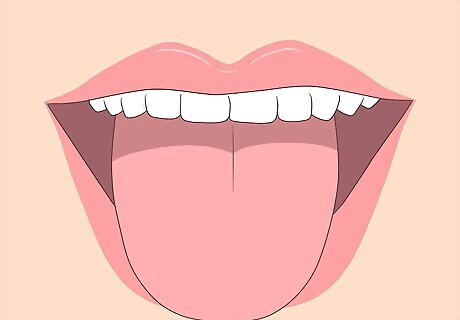
Stick out your tongue. The goal here is to comfortably increase access to your tongue, so stick your tongue outside your mouth as far as you are able. Avoid pointing your tongue, as this decreases surface area and makes scraping less effective.
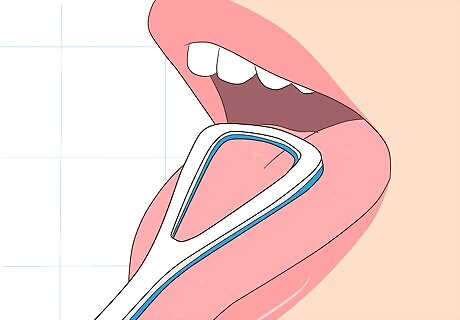
Pick up the scraper. Holding the handle of the tongue scraper, place it on the rearmost part of the tongue. How far to place the scraper is entirely reliant on your comfort. Just remember that the farther back it is placed, the more surface area that is scraped. If you feel a tickle or a gagging sensation, that's too far. After many scraping sessions, you may be able to place the scraper further back into your mouth than you were in your initial session.
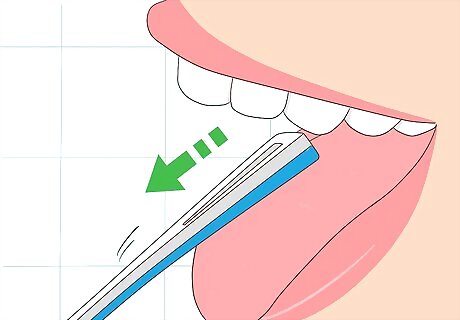
Begin scraping. Apply firm pressure to the tongue scraper. In one slow, smooth motion, pull the scraper from back of your tongue to the front. The rough edge of the scraper will rub against the tongue surface and remove any coating or residue. Scraping should involved firm pressure, but never discomfort or abrasion to the skin. When you begin scraping, it is best to err on the side of lighter, rather than heavier strokes and gently increase pressure until the right amount is achieved. A maximum number of four to eight movements should be enough for the day. Never move the scraper in a backwards direction. Always remember to move your scraper from the back of your tongue to the tip. Going backwards spreads the scrapings back over your tongue and requires you to repeat the scraping.
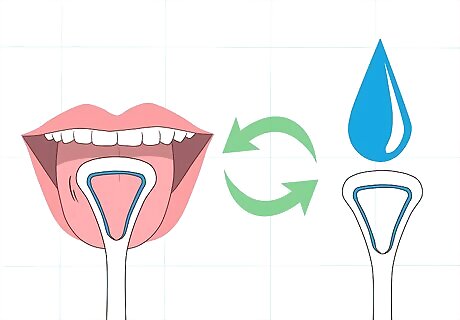
Rinse the scraper after each stroke. The scraper pushes the coating it removes to the tip of the tongue with every stroke. It may be advisable to rinse the scraper and your mouth after each stroke. You can also dip the scraper in a small cup filled with chlorhexidine mouthwash, as the antibacterial substance will destroy almost entirely any bacteria on the scraper.
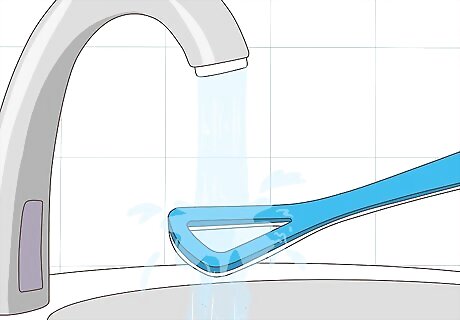
Clean the scraper after use. Rinse the scraper under the faucet after use, removing any debris or saliva. Ensure that your tongue scraper stays clean and dry between sessions, storing it in a drawer or medicine cabinet.
Choosing a Tongue Scraper
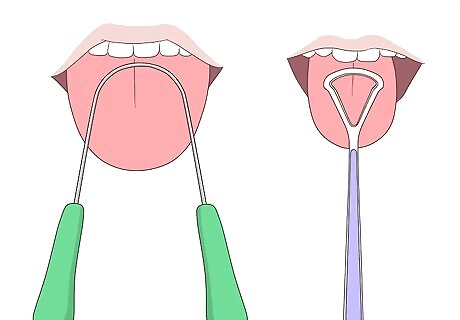
Consider tongue size. If you have a large tongue, a wide profile, u-shaped scraper is the most efficient way to clean your tongue. Children or people with smaller tongues may want to choose a y-shaped scraper.
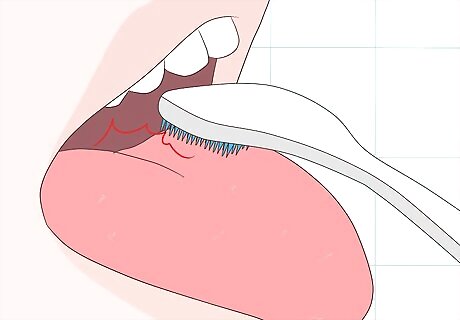
Think about your comfort. If you have a very sensitive gag reflex, consider this when choosing your scraper. Some people opt for a tongue brush, which combines elements of a toothbrush and a scraper. This type of tongue scraper is narrower than the u-shaped scraper but does have a taller profile, which may also trigger discomfort. A good rule of thumb is to consider how comfortable you'd be placing your toothbrush near the back of your mouth. If that's problematic, opt for a y-shaped tongue scraper. These are smaller and usually have bent sides to accommodate sensitivity.
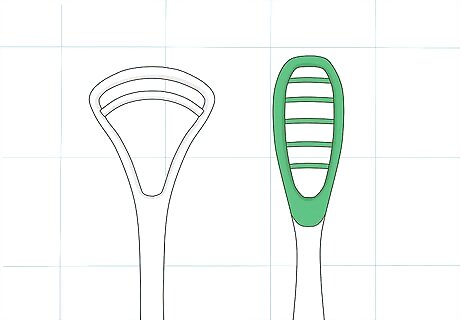
Look for efficiency. If sensitivity is less of a concern, get a scraper with multiple blades. Multiple blades expedite the removal of debris. These can be y-shaped, usually with dual blades; however, there are narrower versions with four to five blades that have a similar size-profile to a toothbrush.
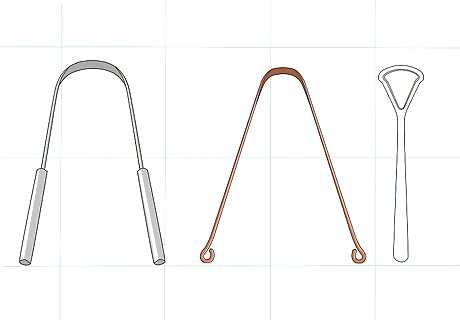
Consider material. Tongue scrapers are typically made of stainless steel, copper, or plastic. A metal scraper can be kept long-term and periodically disinfected by boiling in water. Plastic scrapers are cheaper; however, they are intended to be disposable and must be replaced every three to four months.
Understanding Tongue Scraping
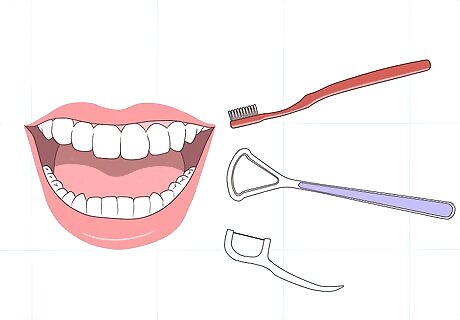
Think about tongue scraping as part of your oral hygiene. By itself, tongue scraping cannot ensure good oral hygiene; however, as part of a regimen including brushing and flossing, it has proven benefits. Halitosis is caused by bacteria that act on residual food particles in the mouth. These bacteria release volatile sulphur compounds (VSCs), which produce a bad smell. Tongue scraping can remove food particles and bacteria on the tongue and provide a 75% reduction of halitosis symptoms, 30% more than just brushing alone. Tongue coating is a common symptom of smoking, dry mouth, and yeast infections. It is unsightly and contributes to halitosis. By scraping this coating off the tongue, patients report better overall oral hygiene and personal comfort. Research indicates that, by removing food particles and bacteria from the mouth, tongue scraping can reduce plaque buildup and cavities.
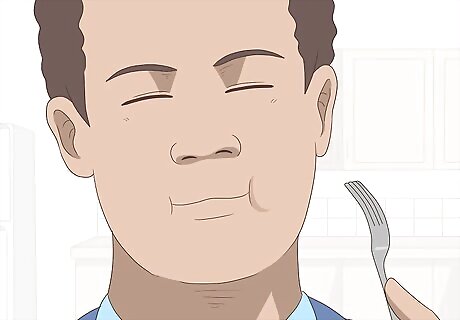
Know that tongue scraping can improve taste. Research indicates that tongue cleansing generally exposes tastebuds and, after two weeks, patients noted improved sense of taste. These results were substantially enhanced by including a tongue scraper in cleansing sessions.
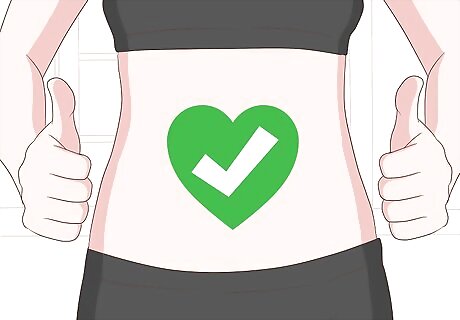
Consider possible digestive benefits of tongue scraping. The Ayurveda, a holistic medical text that originated in ancient India, argues that the "toxic residue" of bacteria and dead cells that forms on the tongue can actually have a negative impact on the digestive system.

















Comments
0 comment